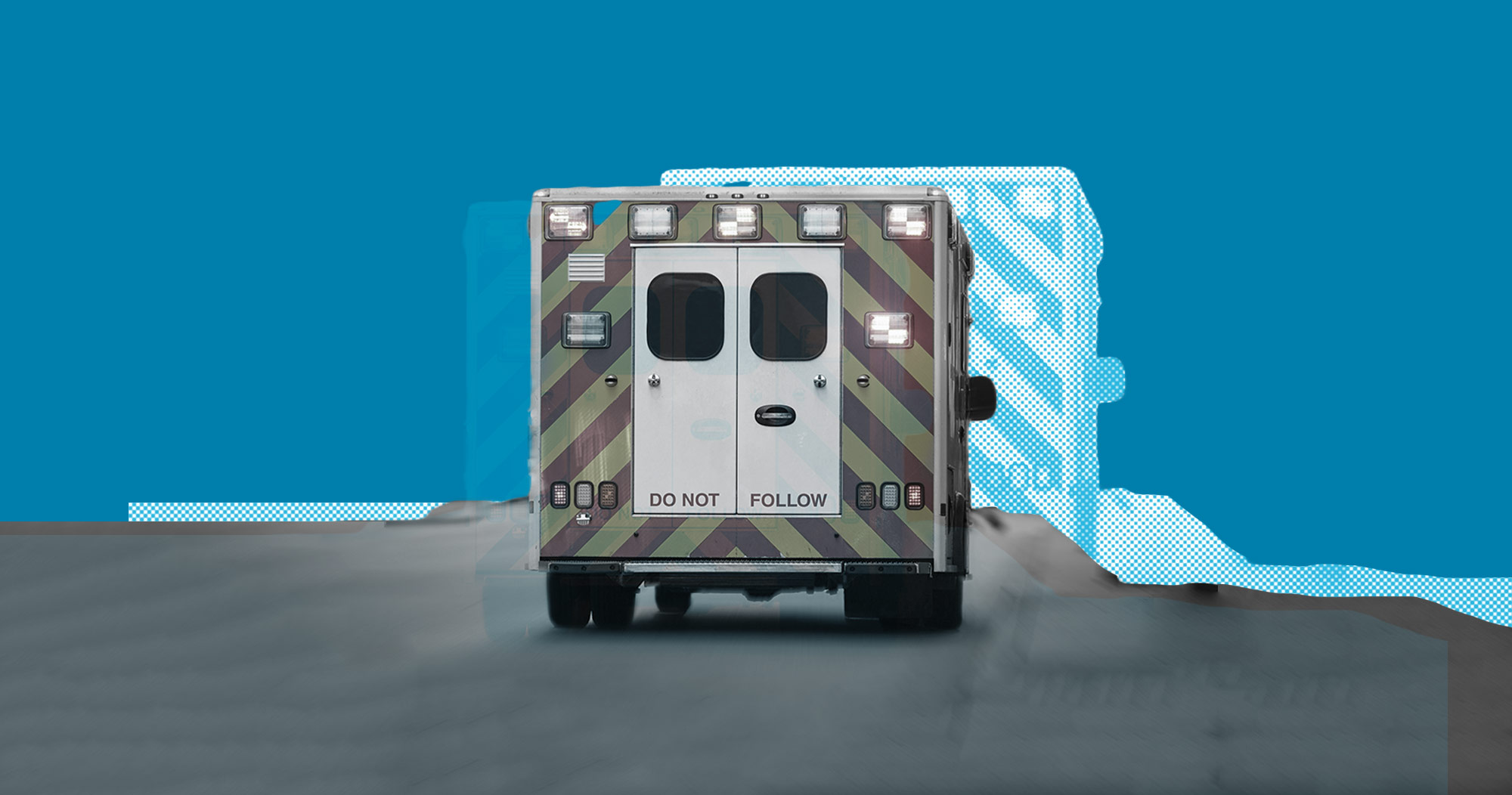
Budget 2024: A glaring omission in Canada’s health security defenses
Undoubtedly the lasting lesson COVID-19 taught Canada — and devastatingly so — is that health security is national security. To fully ensure the health security of every Canadian requires determined foresight, investment in planning, and the creation of a pan-Canadian entity that can bring together health and emergency planning while growing a thriving life sciences ecosystem.
As of Tuesday’s budget, we still don’t have one.
There have been some small steps in the right direction. Canada has an IHR (International Health Regulations) Focal Point whose job is to monitor, report on and respond to global health risks. But what health security experts really hoped to find when they scanned the federal budget was funding to create the kind of agency that could dramatically improve Canada’s overall health security, elevate our standing in the global life sciences market and provide top quality products and emergency response to Canadians.
Our neighbors to the south have set the standard for this kind of health security oversight with BARDA, the Biomedical Advanced Research and Development Authority. With a clear mandate from the U.S. government, it partners with the private sector and academia to ensure preparedness, as well as rapid and effective response to any health threat or emergency.
Other countries are following suit: the European Union has HERA (the Health Emergency Preparedness and Response Authority); the U.K. has ARIA (the Advanced Research and Innovation Agency). Japan has also risen to the challenge, recently announcing the creation of the IHS (Institute for Health Security).
When it comes to the next health emergency — whether viral, bacterial, radiological or environmental — citizens in those countries can rest assured that a plan, network and resources are in place to pivot and rapidly respond.
So where does that leave Canada? Quickly falling behind.
The budget provided funding for investment in research and development of new life sciences vaccines and therapeutic drugs in Saskatchewan ($30 million over three years for the Centre for Pandemic Research in Saskatoon) in alignment with the BLSS (Biomanufacturing and Life Sciences Strategy). It also announced investment and support for community health initiatives, mental health and Indigenous health. It announced additional funding and further consultations on the Scientific Research & Experimental Development tax credit, as well as a consultations on a patent box regime – all with a view to supporting research and development.
Buried in the budget’s table of policy measures since the Economic and Fiscal update, there is a reference to the Public Health Agency of Canada building a medical countermeasures facility, but it is unclear what exactly this entails.
There is no mention, however, of any overarching coordinating body to oversee the health security of Canadians. This is a glaring omission.
Canada without its own BARDA cannot be assured a concerted or rapid response to the next crisis. For example, during the pandemic Canada lacked critical intelligence on our assets and capabilities in the life sciences, along with a view as to where we fit in global life sciences supply chains. If it weren’t for a temporary ad hoc task force, and a lot of money and goodwill, Canada simply could not have procured critical equipment, diagnostics and ultimately vaccines when it did. Many more lives could have been lost.
In short, we did not have the national health security capacity to adequately prepare and respond.
Last year PPF published The Next One, our look at the future of health security in Canada, and recommended the creation of a Canadian BARDA. The report was informed by the ongoing work of PPF’s Life Sciences Forum, a policy dialogue project that brings together leading voices from across Canada’s life sciences industry, technical associations, federal and provincial governments and external experts. This work is rooted in the belief that growing trust and confidence among key players will result in more resilient and effective health security policy.
A key finding from The Next One is that Canada’s BARDA must bring together knowledge and data on health threats and risks, commercial manufacturing capacity, domestic and international supply chains, life sciences research and innovation, and health care system capacity. Having an institutional focal point is critical to remaining informed on capacity, as well as coordinating growth across the life sciences ecosystem and masterminding emergency response.
The first step in preparation and response requires being fully informed by a centralized digital network and data system. From there, the focal point institution can leverage the capacity of Canada’s private sector, as well as work with federal ministries, provincial and territorial governments, to deliver ongoing benefits to Canadians.
Cohesion on a national level can only be possible with a Canadian BARDA. We were caught off-guard once; Canadians will not accept it again.


